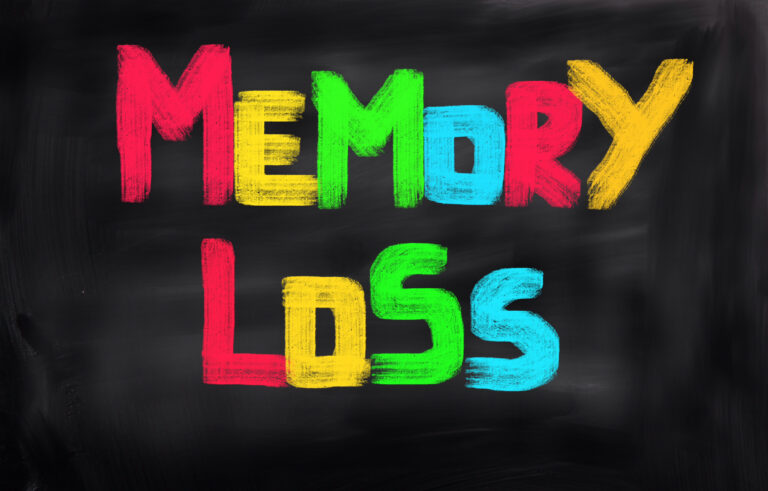A single CT scan exposes a person to a dose of ionizing radiation that is significantly higher than the radiation received from eating bananas, but both involve measurable amounts of radiation. To understand this comparison, it’s important to break down what kind of radiation we’re talking about and how much each source contributes.
CT scans (Computed Tomography scans) use X-rays to create detailed images inside the body. These X-rays are a form of ionizing radiation, which means they have enough energy to remove tightly bound electrons from atoms, potentially causing damage at the cellular level. The amount of radiation from one CT scan varies depending on the type and area scanned but typically ranges between about 2 millisieverts (mSv) for a head CT up to around 10 mSv or more for an abdominal or pelvic CT scan.
Bananas contain potassium-40, a naturally occurring radioactive isotope. When you eat a banana, you ingest this tiny amount of radioactivity — often called “banana equivalent dose” in informal discussions about everyday exposure to natural radioactivity. The effective dose from eating one banana is roughly 0.0001 mSv (or 0.1 microsieverts), which is extremely small compared to medical imaging doses.
Putting these numbers side by side:
– **One typical abdominal CT scan:** approximately 8–10 mSv
– **Radiation from eating one banana:** approximately 0.0001 mSv
This means that **one abdominal CT scan delivers roughly as much radiation as eating about 80,000–100,000 bananas** in terms of effective dose.
Why does this matter? While bananas are safe and their radioactive potassium is part of normal human biology with no health risk at typical consumption levels, medical imaging doses like those from CT scans are carefully controlled because excessive exposure can increase cancer risk over time if repeated frequently or unnecessarily.
To give some perspective on natural background exposure: people receive on average about 3 mSv per year just living on Earth due to cosmic rays and naturally radioactive materials in soil and air—this background level dwarfs the tiny dose from one banana but remains lower than many diagnostic CT scans.
The reason doctors order CT scans despite their higher doses compared with everyday items like bananas is because they provide critical diagnostic information that can save lives by detecting injuries or diseases early when treatment can be most effective.
However, there has been ongoing concern among experts regarding minimizing unnecessary exposure during such imaging procedures since cumulative high doses may raise lifetime cancer risks slightly above baseline levels seen without such exposures. Efforts continue in healthcare settings worldwide to optimize scanning protocols—using just enough radiation for clear images but no more—to keep patient safety paramount while benefiting diagnosis.
In summary: A single standard medical CT scan involves hundreds of thousands times more ionizing radiation than eating one banana due mainly to differences between artificial X-ray sources versus natural low-level radioactivity present in food; nonetheless both contribute measurable amounts within very different contexts regarding health impact and safety considerations.





